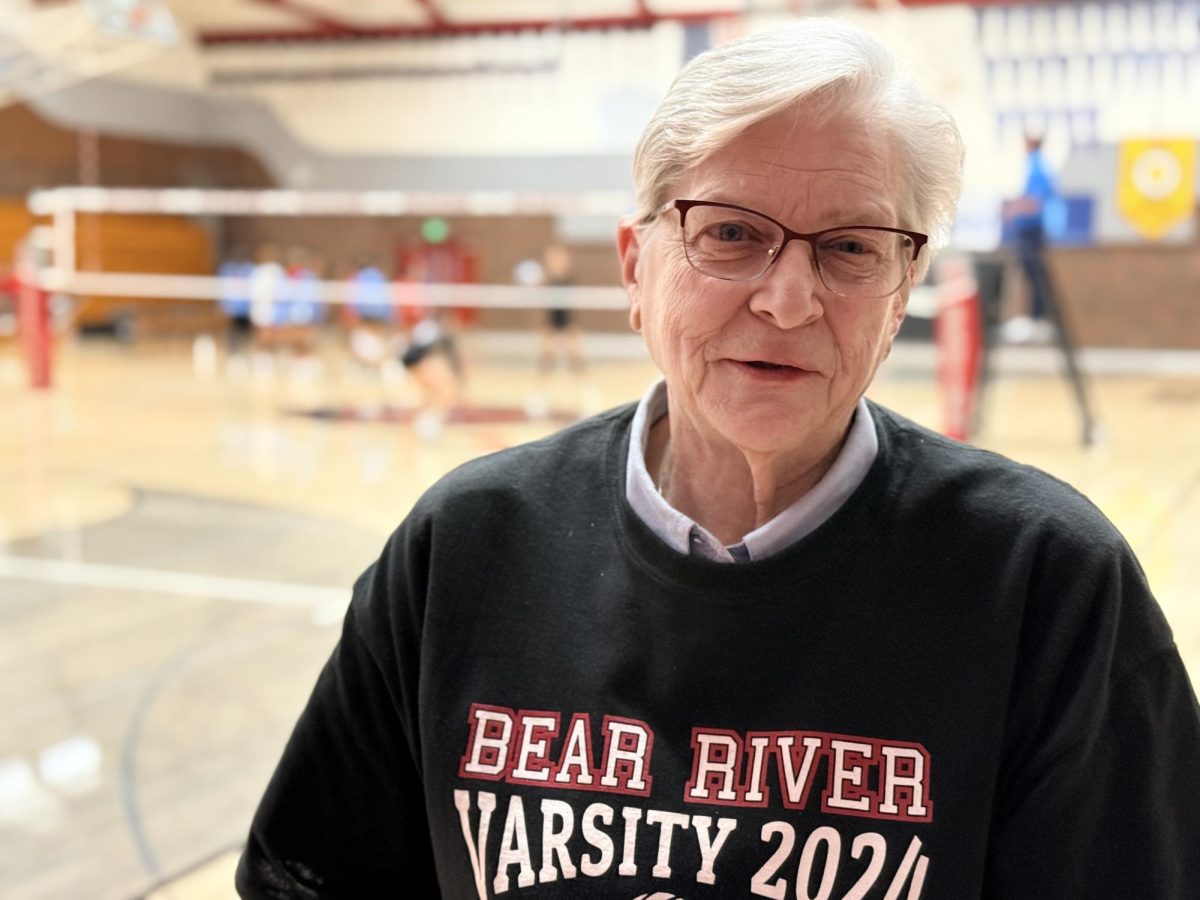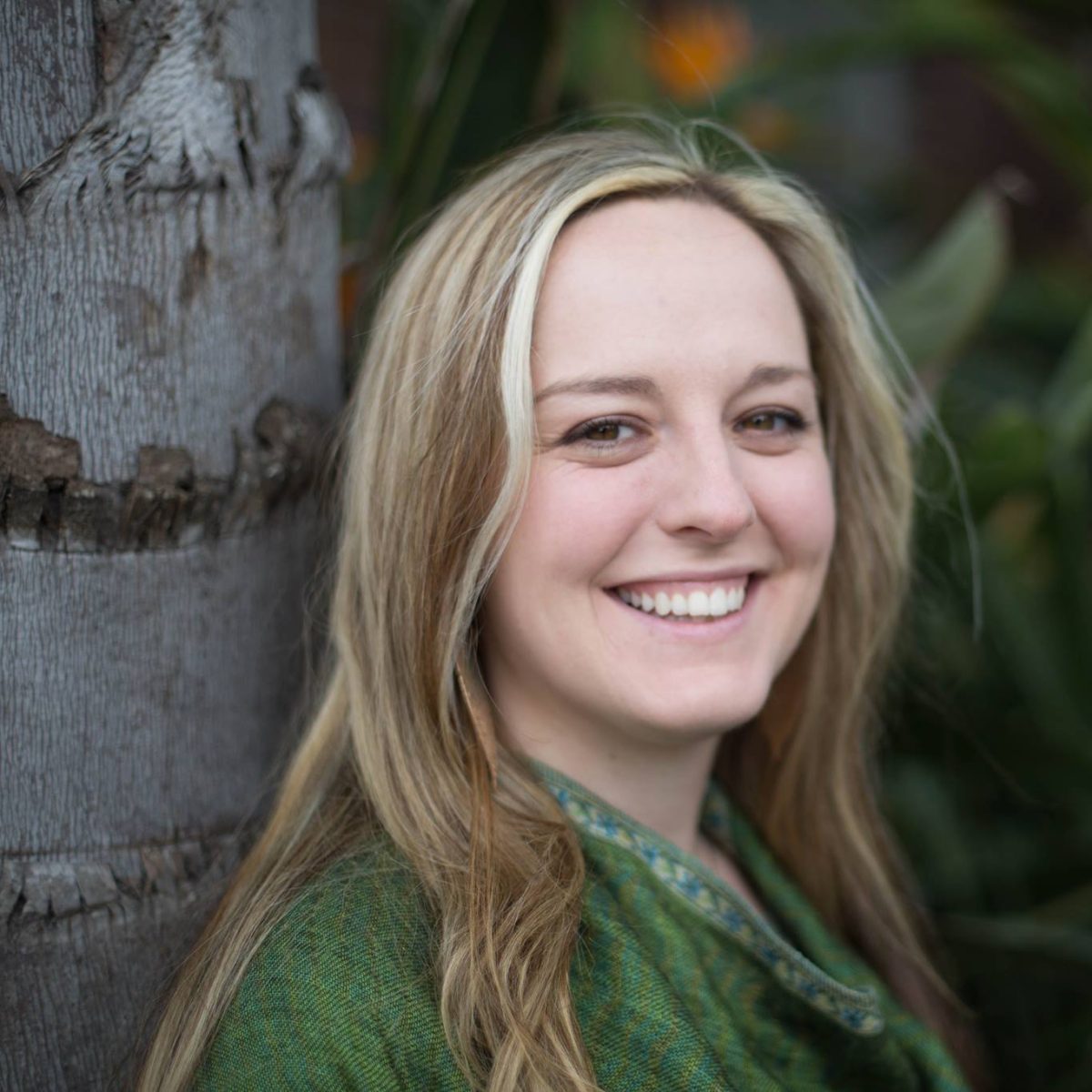Whether physical, emotional, or verbal, all forms of bullying can affect students in negative ways.
Though under the radar at Bear River, some students feel that bullying does seem to be a school issue.
“There is some bullying here at Bear River and it might go undercover and be low-key, but there definitely is some bullying,” junior Layla Ray said.
One Bruin agreed with Ray’s point that there is bullying, but sees it as a more prominent issue than others feel it to be.
“I feel like it’s a bigger issue than the staff knows or teachers know,” said junior Seena Engberson. “I see it almost every day, where kids get picked on and they try and tell somebody, but no one ever helps them.”
Some staff said that they agree with Engberson that bullying could be a bigger issue than the staff is aware of.
“I do believe that (bullying) could be an issue at Bear River,” Social Studies Teacher Jeffrey Carrow said. “We’ve been talking about it and having trainings about it for my entire career, so obviously it’s an issue. I do believe it’s hard for teachers to know everything that’s going on inside of different friend groups in the quad and different sports teams and all of that. Only when it happens and becomes a little more visible is it something that I become aware of.”
However, certain staff members said that they think that bullying is less of an issue than students think it is, mainly because students have an misunderstanding of what a bully is.
“First, to clarify: the term bullying is often misused. In order to be considered bullying, there needs to be a pattern of behavior, an imbalance of power, and/or an extreme singular incident,” explained Bear River Principal Dr. Amy Besler. “For example, one comment in the hallway does not constitute bullying.”
Bullying is split into five main categories: physical, cyber, emotional, social, and verbal. Many Bruins and staff members have said that verbal bullying is the main form of attack that they see on campus.
“I hear about verbal bullying,” said Mr. Carrow. “I hear about teasing and as Bear River is becoming more diverse, in lots of different levels, I feel like there would be a (larger) possibility of verbal.”
Sophomore Scout Pettitt agreed that verbal bullying is a big issue at Bear River.
“I do see vocal bullying a lot, especially with some of my friends,” said Pettitt. “I try to stop it as much as possible but it can be really hard when there’s so many people doing it.”
Sophomore Leo Jackson agreed with Pettitt, but specified that the type of bullying she sees most often is simply rumors being started.
“I guess rumor starting is verbal too, but I see a lot of verbal and rumors,” said Jackson.
Some think that because of the school’s smaller atmosphere that rumors are more often spread.
“It’s a small school, so obviously rumors are going to spread because people talk,” junior Becca Bowler said.
Some students remarked that how people take what you say may sometimes be different from what you mean for to come out. They thought a good strategy is to just think before you speak and think about how someone could interpret what you say.
“You know words do actually hurt, they have a huge impact on other people,” said Engberson.
Verbal is not the only type of bullying seen around campus.
“Verbal and cyber (bullying) are the most common,” Assistant Principal Cathy Peterson said.
Cyberbullying is another issue school and nation wide.
“I see cyberbullying sometimes, just on comments,” junior Jack Kendall said.
Other students, such as sophomore Taylor Hudgins, have observed this as well.
“(Cyberbullying) kinda is an issue, people feel like if they hide behind a screen they are powerful and can say whatever and do whatever they please,” said Hudgins.
Staff believe that the prominence of social media in student’s lives has increased cyberbullying.
“When social media comes into play, all bets are off,” said Ms. Peterson.
Some might wonder how cyberbullying can be considered an issue at school, being that it does not take place on campus.
“Cyberbullying can have a major impact on a student’s sense of safety at school, even if it does not occur at school,” said Dr. Besler. “This being the case, we consider it a school-related issue (when we are able to see the impact at school).”
While verbal and cyberbullying are apparent issues, some say physical bullying is also a very serious problem.
“I see kids get pushed for no reason,” Engberson stated.
Bullying has drastic effects on a person’s life, both at school and at home.
“I have been bullied here,” Jackson said. “I had a bunch of rumors started about me, and it put me in a state of just ‘why do I even come here if I’m going to be bullied constantly.’”
Jackson continued on to talk about what happened in her life during that period of time.
“It put me into a depressed state, I didn’t want to be here ever,” she said. “I had a negative outlook on life for those couple of months that I was being really bullied, and at home I wasn’t inspired to do anything. My grades started dropping a lot, to the point where I had D’s, and it was just not a good time in my life.”
Bullies can be anyone, not just the stereotypical ones you see in the 80’s films.
“When you see a bully in the movies, you see this big kid that’s full of acne and is trying to bully a nerd in a way, and then a real life bully can be anyone,” said Layla Ray, a junior. “They can be the jocks, they can be the nerds, they can be the anime freaks, they can be anyone at this school. It doesn’t matter who it is, as long as you judge someone or you’re telling someone or saying something behind their backs; that’s bullying.”
Bear River has strived to make a safe and welcome environment for students, but it’s not only the administrators that need to make this effort. A big part of making this campus safe relies on the students.
“I think students have a really powerful role in preventing bullying as students are the ones most likely to hear and see things their peers are engaging in when adults are not around,” Dr. Besler said.
The students have various ideas on how they can better Bear River’s campus and reduce the bullying issues.
“If we got more people to actually go into the conversations where someone is bullying somebody or somebody is hurting somebody and tells them to stop” Pettitt stated.
“If someone does see someone being bullied, go either tell a teacher or tell a trusted adult, and have it go to the office, hopefully,” said Ray.
“Maybe helping others to understand each other. I know we have a thing here called Breaking Down the Walls. That’s a really good idea, once we do that again it’ll help a lot,” Jackson said.
“The teachers paying more attention to how kids act towards each other would make all the difference in the world,” said Engberson. “And if they see, you know, we have these cameras for a reason, and if the staff used them properly, and they actually looked at the footage, they would see some kids getting called names, or getting yelled at or picked on for no reason, and they should definitely take that into concern about helping those kids in need, because they don’t deserve it.”
Some students didn’t see a brighter future for bullying prevention.
“I don’t know if there is anyway to fix the bullying issue,” Bowler said. “People are creatures of habit and when they think that what they are doing is okay, it’s going to be very difficult, maybe even impossible to change that.”
Some thought it was a good idea to review our school’s bullying policies with the entire student body.
“I think that I actually haven’t heard that much about them (the anti-bullying policies) lately, but I have heard them in the past,” said Ray.
Some students believe that even being aware of the school’s anti-bullying policies isn’t going to do much to change anything.
“I feel that they don’t really help anything because when people are listening to them they’ve heard the same thing … so sometimes they just don’t care,” Kendall said.
The bullying guidelines are located on pages 5 and 6 of the Bear River High School Student Handbook. Dr. Besler said there is always staff available to talk to students.
“I want students to feel comfortable with me so that they are more likely to come to me if and when they need help with something,” said Dr. Besler. “The development of our core values is another way we are improving the social climate on our campus, as we all share a common understanding of who we are and what we expect out of ourselves and one another. My door is always open and we are constantly seeking ways to create meaningful connections between staff and students so that students feel they have adults they can reach out to for support.”



































